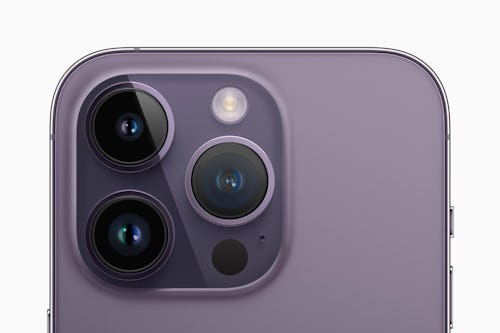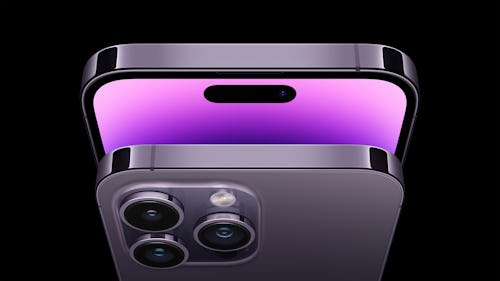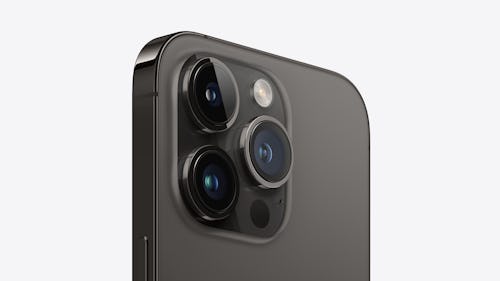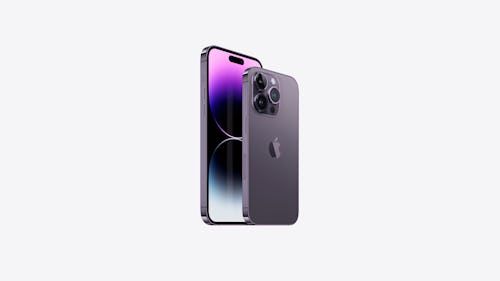
Apple has belatedly caught up to its competition when it comes to its smartphone cameras. With the iPhone 14 Pro, Apple bumped up its main wide camera to 48 megapixels, putting it on oar with Google’s Pixel 6 Pro and Samsung’s Galaxy S22 Ultra.
The latest smartphone can shoot 48-megapixel photos, record 4K video at 30 fps, and has a Photonic Engine that powers all the computational photography behind the scenes. In simpler terms, it’ll let you shoot in practically any scenario, low-light or not.

Serious specs —
On top of its upgrade to 48 megapixels, the iPhone 14 Pro’s new Main camera uses the pixel binning method where it can combine four pixels into a 2.44 µm quad pixel. This method lets you get 48-megapixel photos when the lighting conditions are fine, but combines four pixels into one when poor lighting conditions call for it.
Apple is giving its users even more tools to handle low-light situations since the iPhone 14 Pro has a 65 percent larger sensor that allows in more light than its predecessor. The Ultra Wide camera is staying at 12 megapixels, but has larger 1.4 µm pixels for higher-quality macro shots.

The iPhone 14 Pro’s Telephoto camera can zoom in 2x, but it’s not exactly a digital zoom. The camera uses the middle 12 megapixels of the main lens to still provide a full-resolution photo or 4K video thanks to the new 48-megapixel system. The iPhone 14 Pro’s front-facing TrueDepth camera has an even wider f/1.9 aperture so you’ll get those beautiful bokeh-filled selfies even in low-light areas. Apple is also using autofocus for the first time with its front-facing camera, so all your selfies will always be in focus.
A true “pro” phone —
For the average user, Apple is making it a lot easier to capture photos wherever you are. For the semi-pros, serious photographers, and videographers out there, the iPhone 14 Pro’s cameras upgrades mean far more flexibility in shooting and processing. The new smartphone can even shoot in ProRAW at 48 megapixels, giving users more control over post-processing.
All these upgraded camera specs come at a cost, though, namely a larger camera bump. Apple has been slowly increasing the size of its camera housing over the years, so this isn’t exactly surprising. That’s just the price we have to pay for killer selfies these days.

Pro models only —
Most of these high-tech camera upgrades are reserved for Apple’s iPhone 14 Pro models, not the iPhone 14 and iPhone 14 Plus. This seems to fall in line with Apple’s overall strategy to make its Pro models feel more “pro.”
There’s still some minor improvements for the base iPhone 14 and the iPhone 14 Plus, which also run the Photonic Engine for better low-light photos but will stick to a 12-megapixel max. The iPhone 14 Pro will be available on September 16 starting at $999.







